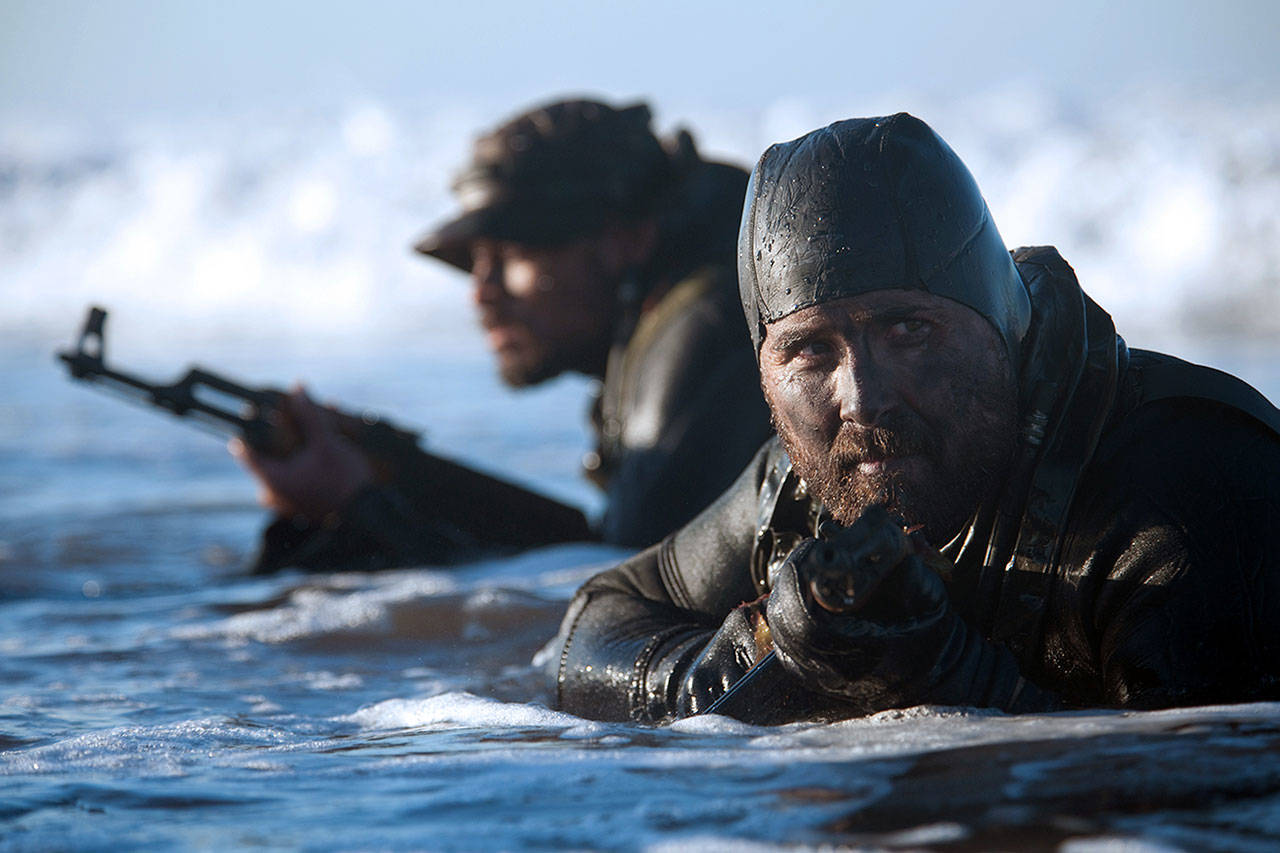Strolling along a beach at Deception Pass or South Whidbey State Park, you may someday pass by highly trained men and women armed with guns hiding in the weeds.
And you likely will never know it.
Six sites on Whidbey Island are among the list of locations in the Puget Sound region that may be used for Navy special operations. That means Navy SEALs and other such elite forces operating covertly.
The Navy is conducting an Environmental Assessment on a proposal to use areas around the Sound and on the coast for the special operations training.
The Navy is holding outreach meetings next month to educate the community and take comments about the proposal. One of the meetings — the only one on Whidbey — is set for 5-8 p.m., Thursday, May 4 at the Oak Harbor School District’s administrative office. Input is being accepted until May 18.
Virginia Painter, spokeswoman for state parks, said the Navy alerted the agency to the upcoming meetings. A detailed plan hasn’t been released by the Navy yet, so parks officials don’t have anything specific to review. Whatever is proposed would likely have to be approved by the Washington State Parks and Recreation Commission — the agency’s decision makers.
“I believe this will require commission approval somewhere down the line, but that’s pretty far off,” Painter said.
She added that she’s not aware of any policies that would outright prohibit training at state parks aside from the discharge of firearms. That’s not allowed, but people can have firearms with the appropriate permits. It’s unlikely park rangers will be checking SEALs for theirs.
Painter noted that state parks granted the Navy a “right of entry” permit in 2015 for after hours operations at five park properties; she couldn’t say which ones they were. It requires the Navy provide head rangers with a three-day notice of pending operations.
Sheila Murray, Navy Region Northwest Deputy Public Affairs Officer, explained that the training is meant to have no impact on the environment or the public.
In fact, members of the public may unwittingly be a part of the training. The intent of the training is to teach trainees the skills needed to avoid detection and to avoid leaving any trace behind during or after the training, according to the Navy. That means conducting operations around the public without the public being aware. Even footprints in the sand will be erased when they leave, Murray said.
This kind of training can be invaluable for teams if they have to conduct operations secretly in hostile lands, according to Murray.
“The whole point of doing it in populated areas is not to be seen,” she said.
In any rare instances in which the activity is not compatible with the public, an instructor dressed in “khaki pants and a white T-shirt” will instruct people to stay back, Murray said.
No live-fire ammunition or explosives are used in the training. Nothing will be built.
It’s nothing new for the Navy, which has been conducting special operations training in the Pacific Northwest for 30 years, according to a Navy press release. Murray explained that the Navy has to conduct the Environmental Assessment because the proposed sites of the training and the kind of training has changed.
The Northwest region offers “unique conditions which create opportunities for realistic and challenging special operations training in a safe, sheltered, cold-water environment,” according to the Navy.
The areas on Whidbey the Navy is looking at are Deception Pass State Park, the Navy’s Ault Field Base, the Navy Seaplane Base, Fort Ebey State Park, Fort Casey State Park, Outlying Field Coupeville and South Whidbey State Park.
The teams that will be doing the training are the SEALs, special warfare personnel, combatant-craft crewman, Navy divers and aviation rescue swimmers, according to Murray.
The small-unit training would occur at selected near-shore lands and in the inland waters of Puget Sound, including Hood Canal, according to a Navy fact sheet on the proposal.
The proposed training includes diver and swimmer, insertion and extraction, launch and recovery, unmanned underwater vehicle, over-the-beach, special reconnaissance, simulated building clearance, high-angle climbing and unmanned aircraft systems.



